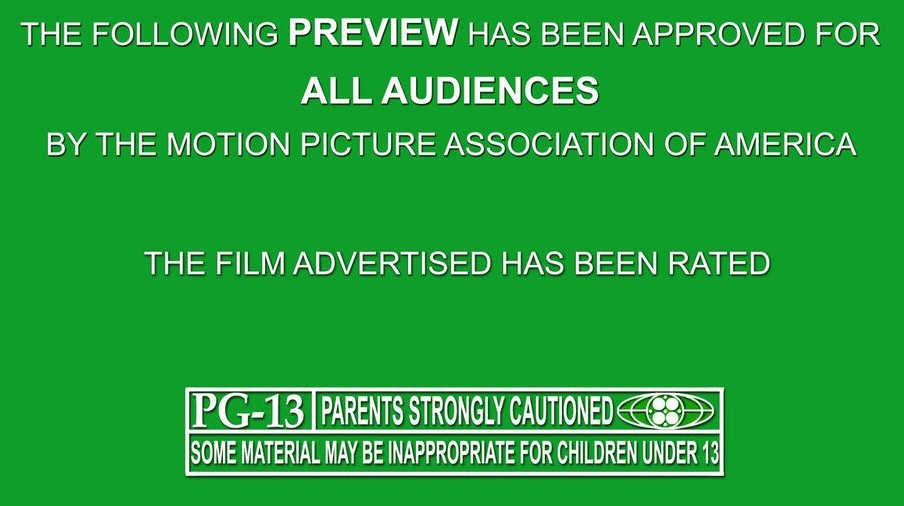Question
Dear Gramps,
I was wondering. What is the Church’s stand on hypnosis? Or do they have one? Is it okay to use to overcome bad habits? Would you be making yourself vulnerable to someone else’s suggestion, thus compromising your free agency? I’m just not clear on this. Would it depend on the individual, the situation, and a prayerful decision? Any enlightenment on this would be appreciated. Thanks,
LN
Answer
Dear LN,
Hypnotism, often associated with the power of suggestion, has a rich history that dates back centuries. The term “hypnotism” was coined in the mid-1800s by Dr. James Braid, who conducted scientific experiments to explore its effects on the human mind. Before Braid, the practice was known as “mesmerism,” named after Dr. Franz Mesmer, who believed in the existence of an invisible fluid that could be manipulated to heal patients. Although many of Mesmer’s theories were later discredited, the interest in hypnosis as a therapeutic tool persisted, leading to its acceptance by medical professionals in the 1950s, when both the American and British Medical Associations recognized its potential for medical use.
Despite its medical applications, hypnotism has often been associated with entertainment, leading to a dual perception of the practice. While some view it as a legitimate therapeutic tool, others see it as a form of manipulation that can compromise free will. This dichotomy is particularly relevant for members of The Church of Jesus Christ of Latter-day Saints, who are encouraged to seek guidance from Church leaders regarding practices that may affect their spiritual well-being.
The Church of Jesus Christ of Latter-day Saints has not extensively addressed hypnotism in its official teachings, but it has provided clear guidance on the matter. According to the Church Handbook, members are advised against participating in hypnosis for purposes of demonstration or entertainment. The Handbook states, “Members should not participate in hypnosis for purposes of demonstration or entertainment. This directive reflects the Church’s concern about the potential for misuse and the ethical implications of allowing individuals to be subjected to external suggestions.
However, the Church does recognize the medical applications of hypnotism when conducted under competent professional supervision. The Handbook further clarifies that “the use of hypnosis under competent, professional medical supervision for the treatment of diseases or mental disorders is a medical question to be determined by competent medical authorities.” This distinction is crucial, as it allows for the possibility of using hypnosis as a therapeutic tool while simultaneously cautioning against its use in non-medical contexts.
Throughout its history, various leaders of the Church have expressed their views on hypnotism, often reflecting a cautious approach. Brigham Young, a prominent early leader, articulated his concerns about mesmerism, stating, “Mesmerism is an inverted truth; it originated in holy, good, and righteous principles, which have been inverted by the power of the devil.” This perspective highlights the belief that while the practice may have legitimate origins, its application can lead to spiritual dangers.
In a more contemporary context, Joe J. Christensen, a former Church leader, addressed the issue of hypnosis in a 1979 article. He cautioned against participating in hypnosis demonstrations, emphasizing the importance of free will and agency. Christensen stated, “I do not feel it is wise to use what little we know about the power of suggestion and hypnosis for entertainment purposes.” His remarks show the Church’s emphasis on personal agency and the potential risks associated with allowing others to influence one’s thoughts and actions.
While the Church advises against the use of hypnotism for entertainment, it acknowledges its potential benefits in medical settings. Hypnotism has been utilized in various therapeutic contexts, including pain management, anxiety reduction, and the treatment of certain psychological disorders. Research has shown that hypnosis can be effective in alleviating chronic pain, managing stress, and even aiding in the recovery from trauma.
The Church’s position aligns with the broader medical community’s recognition of hypnotism as a valuable tool when used responsibly. Medical professionals who employ hypnosis typically undergo extensive training to ensure they can use the technique safely and ethically. This professional oversight is crucial, as it helps mitigate the risks associated with the practice and ensures that patients are treated with respect and care.
The ethical implications of hypnotism are significant, particularly concerning the potential for manipulation and loss of agency. The Church’s teachings emphasize the importance of free will, and many leaders have expressed concerns about the risks of allowing others to exert control over one’s mind. This concern is particularly relevant in entertainment contexts, where individuals may be encouraged to act against their better judgment for the sake of amusement.
In light of these ethical considerations, members of the Church are encouraged to approach hypnosis with caution. While the medical applications of hypnotism may offer benefits, individuals must remain vigilant about the potential for misuse. The Church’s guidance serves as a reminder to prioritize personal agency and to seek professional advice when considering the use of hypnosis for therapeutic purposes.
Gramps







